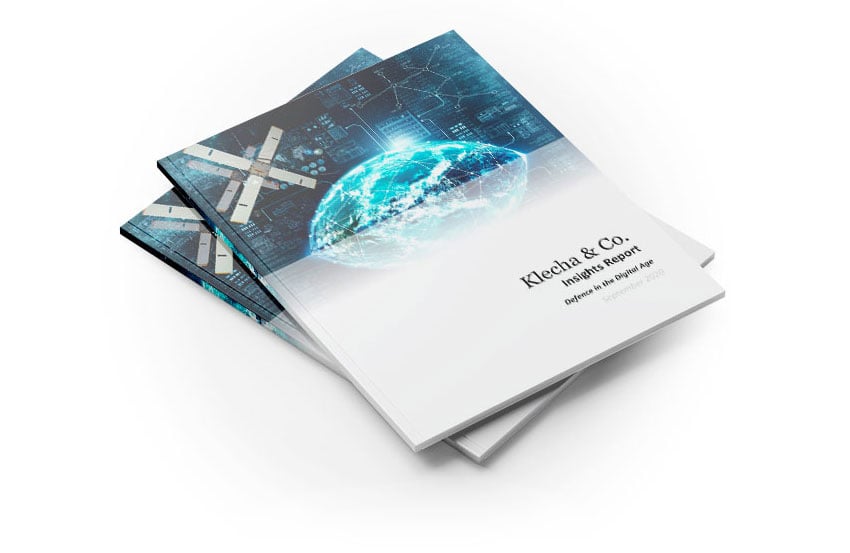Artificial intelligence (AI) refers to the ability of machines to simulate human intelligence, by being programmed, to think and make decisions by sensing and comprehending a particular situation, task or problem. AI is a loosely used term for a number of technologies which include Machine Learning and Natural Language Processing.
In recent years AI has become the holy grail of technology, given the potential benefits it provides for companies, governments and other organisations in the form of speeding up existing processes and making them more efficient. The International Data Corporation (IDC) forecasts the global AI market size to grow 12.3% in 2020 to US$157bn and at a 17.1% Compound Annual Growth Rate (CAGR) in the 5-year period from 2019-2024; surpassing US$300bn in 2024.
AI has a number of applications for defence
A US Congressional Research Service report 1 published in late August 2020, which covered a number of areas related to AI, included some key applications for defence such as:
Intelligence, Surveillance and Reconnaissance:
AI can be particularly useful in intelligence and surveillance given the big data sets available for analysis. For instance, footage from unmanned drones could be processed using AI, instead of human analysts who currently spend hours sifting through drone footage for actionable information. This would free up human analysts for higher value tasks.
Logistics:
AI could help in military logistics, for instance, in predictive aircraft maintenance which could be far more efficient that the traditional system of making repairs, when an aircraft has a technical issue or is subjected to a standardised maintenance schedule.
Cybersecurity:
AI can greatly help in combatting incessant cyberattacks. AI-enabled cybersecurity applications are built to detect anomalies in network activity, making them far more dynamic than the conventional cybersecurity systems which use historical matches of known malicious code. Hackers typically have to modify part of this code to beat a conventional system but an AI-enabled cybersecurity system could detect this variation.
Integrated Command and Control:
AI has the potential to revolutionise command and control by fusing together data from various armed forces: army, navy, air force, along with data from space and the internet. This data can then be presented on a single dashboard to given decision makers a complete picture, as opposed to the current method of information in diverse formats from multiple platforms, often with redundancies or unresolved discrepancies.

